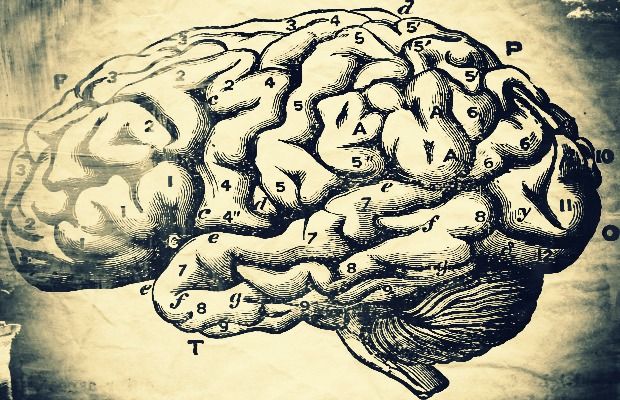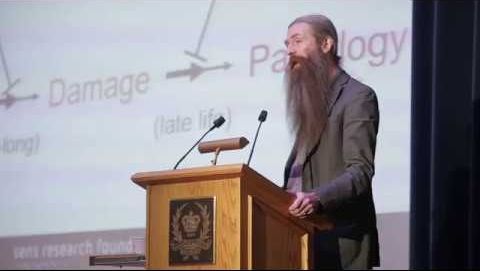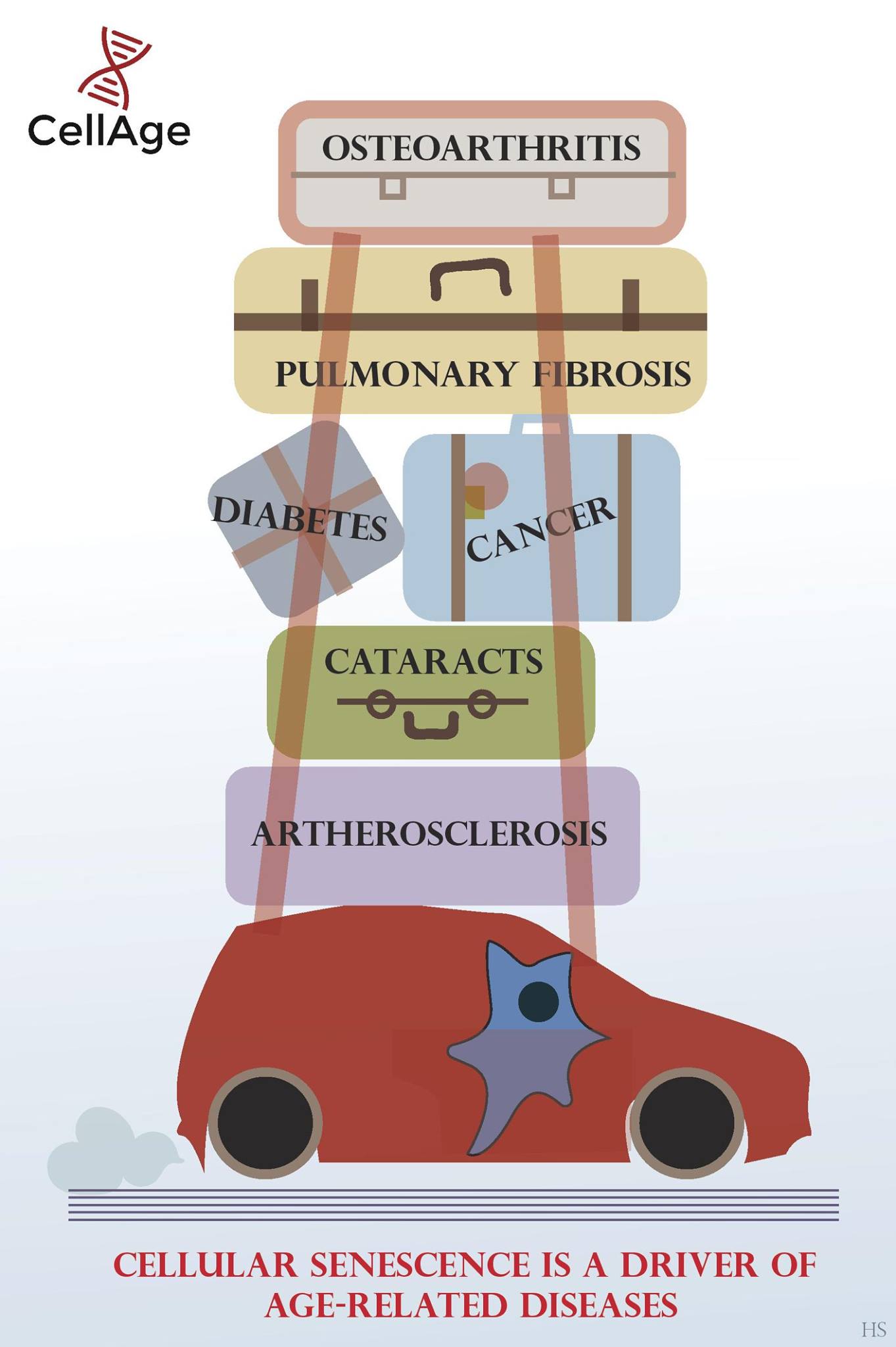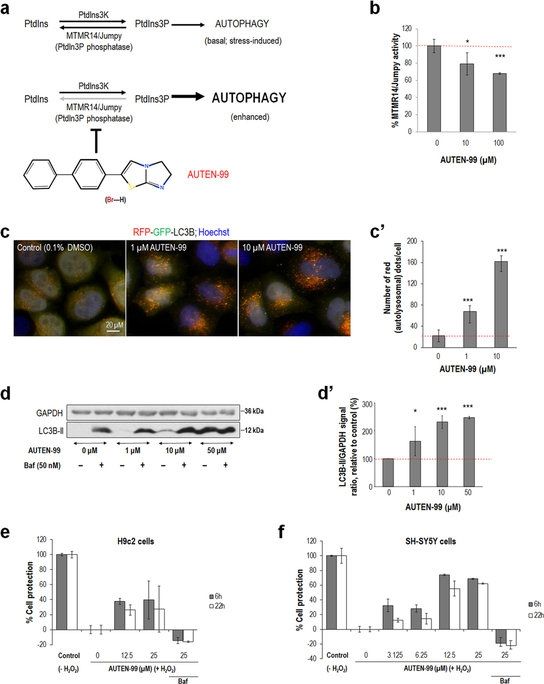Archive for the ‘life extension’ category: Page 569
Feb 18, 2017
George Church indicates reversal of aging will be a reality within ten years
Posted by Montie Adkins in categories: biotech/medical, life extension
Church mentioned human trials in 2 years a few months ago. this is the first I have seen him say that in 10 years the reversal of aging will be a reality. That’ll make me 55. Hurry.
While discussing creating a hybrid elephant — wooly mammoth using CRISPR genome editing, Harvard’s George Church predicted that reversal of aging will be a reality within ten years.
Nextbigfuture suspects that this could mean clearly reversing aging in mice cells as a proof in principle in ten years. But evidence suggests Church does mean full and significant aging reversal in humans within ten years. In March of 2016 Church said, aging should be thought of as a program that might be reversed, noting, “If we could take one of my skin cells and turn it into an embryo-like cell and turn it back into a skin cell it has reset almost all of the developmental indications of age. We have 65 gene therapies that are being test in mice and larger animals. If they go well we will go straight into human trials. That could be as little as two years…
Continue reading “George Church indicates reversal of aging will be a reality within ten years” »
Feb 18, 2017
Artificial Vision, Artificial Retina, Optogenetics, José Alain Sahel MD, CMU RI Seminar
Posted by Frank Sudia in categories: aging, bioengineering, bionic, biotech/medical, computing, life extension, neuroscience, robotics/AI
 For those interested in life extension and bionic / cyborg type enhancements, this CMU Robotics Institute Seminar gives an overview of the background and current developments in artificial vision. José Alain Sahel MD is a world leading ophthalmologist with a lengthy bio and numerous honors and appointments.
For those interested in life extension and bionic / cyborg type enhancements, this CMU Robotics Institute Seminar gives an overview of the background and current developments in artificial vision. José Alain Sahel MD is a world leading ophthalmologist with a lengthy bio and numerous honors and appointments.
In the future, if you’re going blind, these sight restoration technologies may be used to remediate your vision loss.
Three major ideas are covered. 1) Implanting arrays of tiny 3-color LEDs under a failed retina to stimulate still-okay cells, and 2) using gene therapy to express a novel photoreceptor, borrowed from algae, to restore a form of sight to failed cells. These can be done together. Lots of studies in mice, primates, and humans. Some coverage is also given to 3) directly implanting electronics in the brain to send complete images to vision centers, but this is still at an early stage.
Feb 18, 2017
Aging puts senescent cells in the driving seat. You can help us put the brakes on aging
Posted by Steve Hill in categories: biotech/medical, life extension
Check out the CellAge campaign at Lifespan.io
https://www.lifespan.io/campaigns/cellage-targeting-senescen…c-biology/
Feb 18, 2017
Zoltan Istvan, Nick Bostrom, and the Anti-Aging Quest
Posted by Zoltan Istvan in categories: life extension, transhumanism
Super good philosophical weekend read by Olga Khazan at The Atlantic on life extension and #transhumanism. Watch the video in the article too which features Eric Matzner and some of my work!
Radical longevity may change the way we live—and not necessarily for the better.
Feb 17, 2017
Inside the Tech Industry’s Obsession With Immortality
Posted by Zoltan Istvan in categories: life extension, transhumanism
A new in-depth read on #transhumanism and life extension by one of the leading and oldest progressive magazines in America:
Only Human Meet the hackers trying to solve the problem of death.
By Anna Wiener
Feb 16, 2017
Company Claims Brain Transplants Could Bring Back the Dead by 2045
Posted by Karen Hurst in categories: biotech/medical, cyborgs, life extension, military, nanotechnology, neuroscience, Ray Kurzweil, robotics/AI, singularity

Not too shock by this given other transplant patient’s stories of memories, etc.

There are a lot of outrageous claims being made within the halls of neuroscience and artificial intelligence. Whether exaggerations, wishful thinking, the dreams of the egocentric and megalomaniacal to be immortal, or just drumming up funding for a never-ending round of “scientific investigation,” the year 2045 seems to always be cited as a target date.
Continue reading “Company Claims Brain Transplants Could Bring Back the Dead by 2045” »
Feb 16, 2017
Aubrey de Grey — A Post-Aging Planet
Posted by Montie Adkins in categories: biotech/medical, life extension

https://www.youtube.com/watch?v=hJzrXZb1G3E
A great Q&A, especially with the deathists that crop up.
Website ► http://sens.org
YouTube ► https://www.youtube.com/user/SENSFVideo
Facebook ► https://www.facebook.com/sensf
Twitter ► https://twitter.com/senstweet
Feb 16, 2017
The small molecule AUTEN-99 (autophagy enhancer-99) prevents the progression of neurodegenerative symptoms
Posted by Karen Hurst in categories: biotech/medical, life extension, neuroscience
New research on Parkinson and holds additional insights in cell & neuro technology.
Autophagy functions as a main route for the degradation of superfluous and damaged constituents of the cytoplasm. Defects in autophagy are implicated in the development of various age-dependent degenerative disorders such as cancer, neurodegeneration and tissue atrophy, and in accelerated aging. To promote basal levels of the process in pathological settings, we previously screened a small molecule library for novel autophagy-enhancing factors that inhibit the myotubularin-related phosphatase MTMR14/Jumpy, a negative regulator of autophagic membrane formation. Here we identify AUTEN-99 (autophagy enhancer-99), which activates autophagy in cell cultures and animal models. AUTEN-99 appears to effectively penetrate through the blood-brain barrier, and impedes the progression of neurodegenerative symptoms in Drosophila models of Parkinson’s and Huntington’s diseases. Furthermore, the molecule increases the survival of isolated neurons under normal and oxidative stress-induced conditions. Thus, AUTEN-99 serves as a potent neuroprotective drug candidate for preventing and treating diverse neurodegenerative pathologies, and may promote healthy aging.
Feb 16, 2017
Doing the right things for the wrong reasons
Posted by Nicola Bagalà in category: life extension
Your life achievements deserve better motivators than death.
Some time ago, I bumped into a short excerpt of a video interview with Neil deGrasse Tyson and Larry King. After I watched it, I was sadly surprised by what deGrasse Tyson said. Before you read further, you should take a minute to watch the interview below. If you can’t see the video or can’t be bothered to watch it, you’ll find a transcript right below it.
NdGT: If you could live forever, would you?
Continue reading “Doing the right things for the wrong reasons” »














